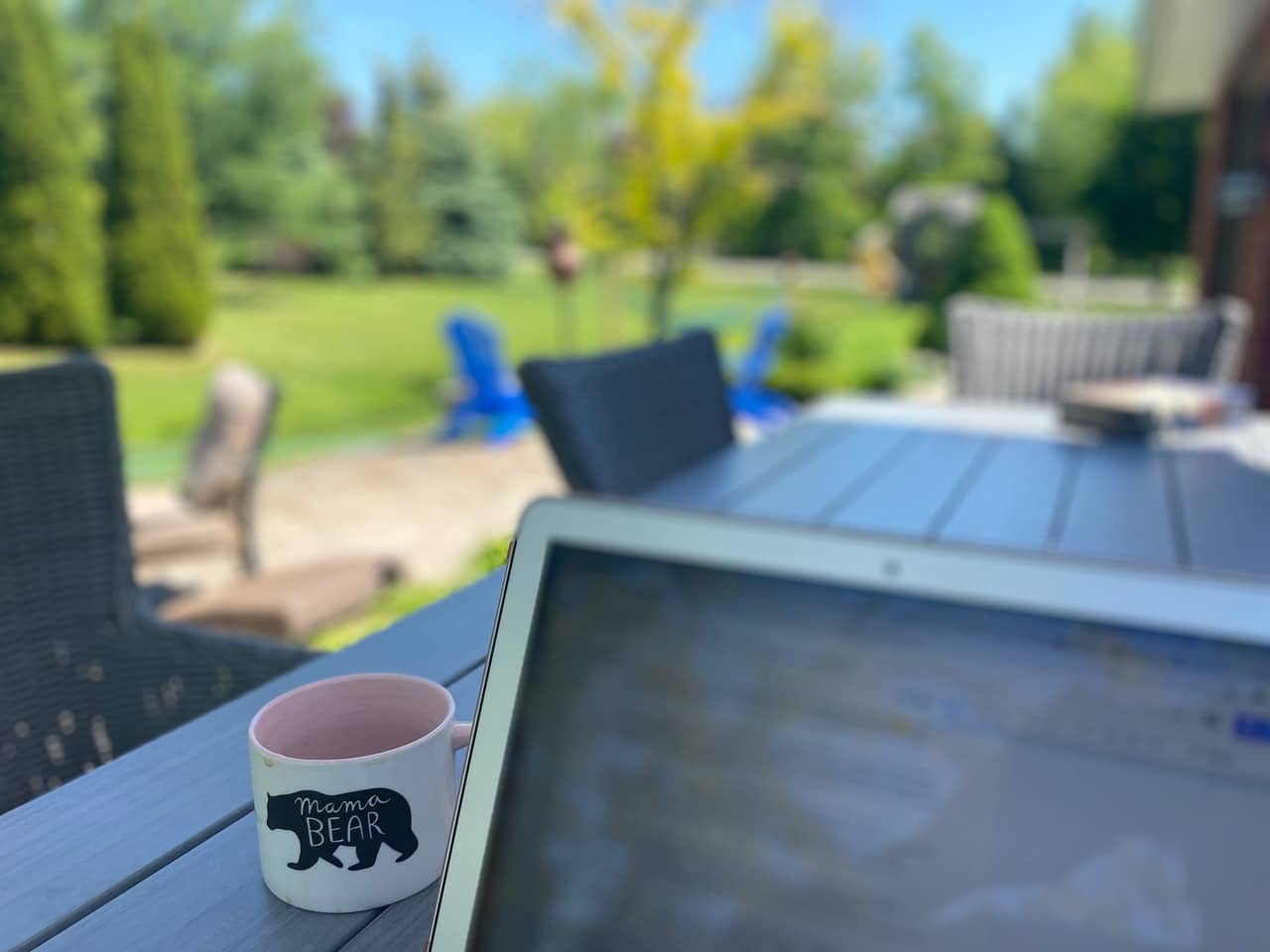Around 20% of internet users have some form of a disability or barrier preventing internet use.
Web accessibility is becoming more and more important for business owners, and in some countries, it has become mandatory law. You will often hear the term, “website accessibility compliance”, but what exactly is web accessibility and how does it affect your business and your web assets?
Web accessibility is the practice of removing barriers that prevent people with disabilities to interact or access parts or all of your website, web application or mobile app. When these online properties are properly coded, users with disabilities are able to use available tools to access your digital property as you intended. Making the web fully accessible benefits individuals, businesses, and society. This includes not only individuals with disabilities, but also being inclusive of those in developing countries, aging populations, rural internet areas, and people using smart devices like watches, phones and tablets.
Web accessibility means that websites (as well as their tools and technologies associated with them) are designed and developed so that people with disabilities can use them. More specifically, people can perceive, understand, navigate, contribute, shop and interact with the world wide web.
Web accessibility encompasses all disabilities that affect access to the web, including those with auditory, cognitive, neurological, physical, speech and visual disabilities.
Web accessibility also benefits people without disabilities, such as:
- people using mobile phones, smart watches, smart TVs, and other devices with small screens;
- elderly users with changing abilities due to ageing;
- people with “temporary disabilities” such as a broken arm or lost glasses or are awaiting a hearing aid;
- people with “situational limitations” such as in bright sunlight or in an environment where they cannot listen to audio, or bright colours/flashing movements and loud patterns can trigger seizures;
- people using a slow Internet connection, or who have limited or expensive bandwidth
Did you know that upwards to 20% of internet users – which is who you need to consider as your audience – have some form of a disability. So with this knowledge, we need to consider that your website needs to provide an equal opportunity for individuals with a disability to access your digital property. In addition to satisfying corporate mandates, legislation in countries around the world has been introduced to ensure that all users have equal access to information and functionality on the web. Barriers that prevent interaction with, or access to your website and your online properties, by people with disabilities can be considered discrimination, and can result in a lawsuit.
Ontario has made some website accessibility law changes as of January 1st, 2021, which means that most public websites and web content posted after January 1, 2012 must meet WCAG 2.0 Level AA. Want to learn more about website accessibility in Ontario? Click here https://www.ontario.ca/page/how-make-websites-accessible
The big question is….how do you figure out if your website meets compliance standards? You can start by ensuring your existing digital properties and content meet the accessibility requirements outlined in WCAG (Web Content Accessibility Guidelines).
Kleurvision can help with our wide range of services, including a review of your existing web properties to test for accessibility and usability issues and we can provide strategic guidance, consultation and solutions to ensure your users can access your website to its full potential.
By utilizing compliant tools, our goal at Kleurvision is to help you achieve accessibility compliance, without sacrificing the usability of your online property for non-disabled users – with a goal to make the online user experience inclusive and positive across the board for everyone.
We strive to help you achieve accessibility without decreasing the usability of your digital property for non-disabled users. Let’s chat – Work With Us about accessibility today



